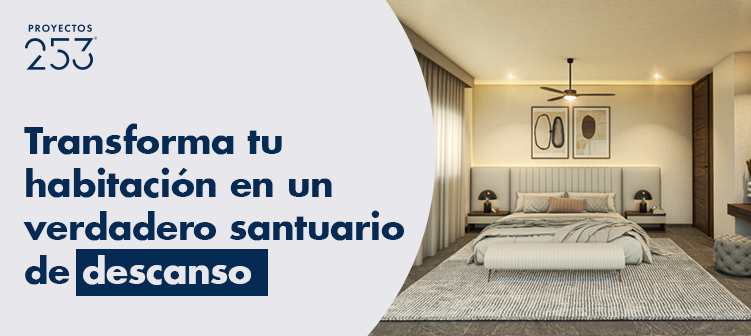There is a very important term in real estate investments: the cap rate, which is known in Spanish as the capitalization rate.
The cap rate provides a snapshot of a property's return potential and income-generating capacity.
In this article, we will explain in detail what the cap rate is, how it is calculated and what the objective of this metric is when investing in a project. real estate development.
What is the Cap Rate or capitalization rate?
The cap rate, known as the capitalization rate in Spanish, is a metric that provides an assessment of a property's monthly cash flow.
This includes rental income, but there are also several additional sources of income that can contribute to net profit.
To mention a few, we have that if the property has available parking space, You can generate additional income by renting out such spaces to tenants or visitors.
On the other hand, there is the possibility of generating income allowing businesses to place signs or advertising on the facade or common areas of the property.
Some commercial properties also offer additional services such as laundry facilities or rental meeting and event spaces.
This variable It is used by investors, owners, and industry professionals to make informed decisions in the real estate market. It is expressed in percentage terms that represent the rate of return that would be obtained from said investment.
Cap Rate Formula and How to Calculate It (with Example)
The cap rate is calculated by dividing a property's annual net income (after expenses and deductions) by its market value or purchase price. The formula is expressed as follows:

To calculate this metric, First you need to determine the annual net profit of the property.
To do this, you must consider another factor, such as the NOI Net Operating Income, which is calculated by adding all the income generated by the property, minus maintenance and operating expenses.
For example, the NOI Net Operating Income of commercial real estate They receive other forms of income such as renting coworking spaces, parking, or storage warehouses.
Then, You must know the market value of the property or its purchase price. This value refers to the current price or acquisition cost of the property at the time the investment is made.
For example, imagine you are considering buying a rental apartment in a central area of Villahermosa.
The purchase price of the apartment is MXN 4,500,000, the annual rental income is MXN 620,000, and the annual operating expenses total MXN 90,000.
In this example, the cap rate for the real estate investment in Villahermosa is 11.77%. This means you can expect a return of 11.77% on the property's market value after deducting all operating expenses.
What factors affect the capitalization rate?

The capitalization rate is not a fixed or static value. In fact, several factors can influence this metric, and it's important to understand what these factors are:
- Location: Properties located in prime areas have greater potential to generate stable income. This results in lower capitalization rates.
- Gross Domestic Product (GDP) and unemployment: They are important indicators for understanding the state of the economy. Therefore, a low GDP and high unemployment will lead to a high cap rate due to the increased investment risk.
- Interest rates: When interest rates rise, so do cap rates. If borrowing costs rise, investors demand higher yields to offset the increased cost of capital.
- Capital invested in a property: Renovations that add value to a property, such as quality improvements, can increase potential revenue, also raising the cap rate.
Cap rate: the best resource for your real estate investments
Whether you're looking for high returns or long-term stability, this metric gives you the insight you need to make informed decisions.
By implementing the cap rate, you'll be able to compare real estate investment opportunities and understand which one is most feasible for you. At Proyectos 253, we have the real estate project you need. Contact us.



